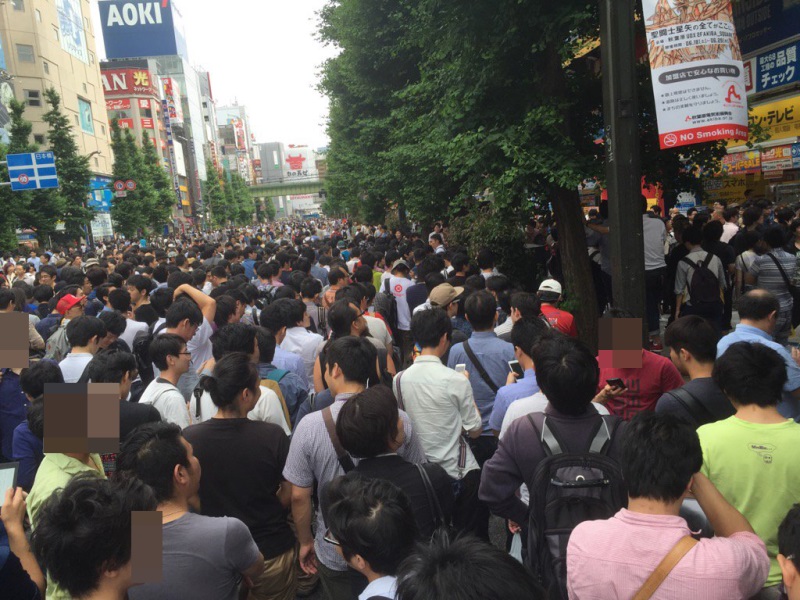
People analytics can help corporations better plan their spending to match the needs of their employees. Pic: Pixabay
Here’s the low-down on ‘people analytics’ and how it can strengthen your workforce
PAYROLL AND BENEFIT MANAGEMENT is a major and growing concern for businesses and in response to growing challenges in matching the costs and benefits of managing employees, a new form of technology called “people analytics” is emerging.
According to global advisory Towers Watson and Willis, benefit costs in 2015 represented a significant cost for employers, especially when the spend represents more than 20 percent of their employee costs. Employees are always called the most valuable assets for companies, and Towers’ report indicates that many 20 percent of companies view benefit payments as valuable, as compared to the 5 percent who do not.
We can think of benefits as employee costs beyond wages, such as healthcare, travel, expenses, and so on. In countries like the Philippines and Indonesia, generous medical and retirement benefits are the norm, leading employers in both countries to spend upwards of 30 percent of payroll on benefits. Across the board, more than 41 percent of Asia Pacific employers spend more than 20 percent of their payroll just on benefits.
Despite that fact however, many employers are also not seeing a whole lot of value emerging from their their high employee spends. The high cost of maintaining a full gamut of benefits for their employees is a burden on company profits, and what’s even more worrying is the fact that more than fifth of employers are largely ignorant of their company’s benefit spending.
SEE ALSO: Engaging modern workforces with flexible HR solutions
“Employers across Asia Pacific spend significant amounts of money on their employee benefit programs. But many struggle to derive full value from that spend,” said Chris Mayes, Director — Benefits Optimisation Consulting, Asia Pacific at Towers Watson, in a statement from 2015.
“From our experience working with clients, we find that those employers who regularly engage their employees in their benefits – either through seeking employee feedback or communicating regularly – tend to see better value.”

More than a fifth of companies surveyed did not have a clear understanding of their benefit programs. Pic: 2ch
The lack of awareness suggests that companies are struggling to communicate good governance of capital to all corners of their business which is resulting in missed opportunities, poor planning, and administrative complexities. The result is a huge disconnect between employees and expensive programs that could boost their productivity and results.
What is ‘people analytics’?
In response to the challenging human resources environment, many analysts are expecting new technologies to begin entering the market and spending to rise by 56 percent this year. HR management is becoming increasingly difficult as their workforce segment and global operation begin proliferating.
SEE ALSO: Data analytics: Three main challenges faced by retailers in going digital
People analytics is one of those technologies that is being increasingly implemented by corporations, and according to business services company Deloitte, it refers to “using advanced statistics to expand the discovery, interpretation and communication of meaningful patterns in data to drive high quality people and business decisions”.
It’s an off-shoot of the data analytics industry and is specifically targeted at clearly segmenting people into easy-to-understand categories.

HR management softwares are expected to proliferate in the next year and spending is set to increase by 56 percent. Source: Shutterstock
People analytics aims to help businesses gain really clear understandings of their employee make-up: how old are their eldest workers, what kind of health issues proliferate, are there more women than men? All this data can drive overwhelmingly positive experiences for corporations who will have lots of information they can use to effectively plan where and how to spend their money, and create better targeted packages that really solve the issues their employees are facing.
SEE ALSO: India’s ‘Project Insight’ could find tax evaders through holiday and shopping snaps
According to Deloitte’s “The power of people analytics” white paper, more nuanced data about their workforces can help companies drive higher turnover by driving down spending, boost employee morale as benefits spending is more accurately targeted to their problems, help the company effectively manage their hiring so as to avoid a potential retirement bubble, and ensure their employees have all the skills they need.
“People analytics treats employees as a critical asset in the supply chain; an asset that can be analyzed and optimized to benefit individuals and the company as a whole,” the report said.
“It is an approach that can uncover opportunities to transform HR practices and optimize talent-focused investments and programs by helping executives make more informed decisions about their workforce.”
READ MORE
- The criticality of endpoint management in cybersecurity and operations
- Ethical AI: The renewed importance of safeguarding data and customer privacy in Generative AI applications
- How Japan balances AI-driven opportunities with cybersecurity needs
- Deploying SASE: Benchmarking your approach
- Insurance everywhere all at once: the digital transformation of the APAC insurance industry
